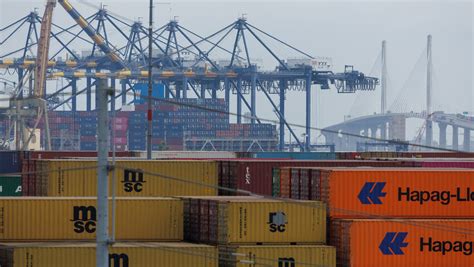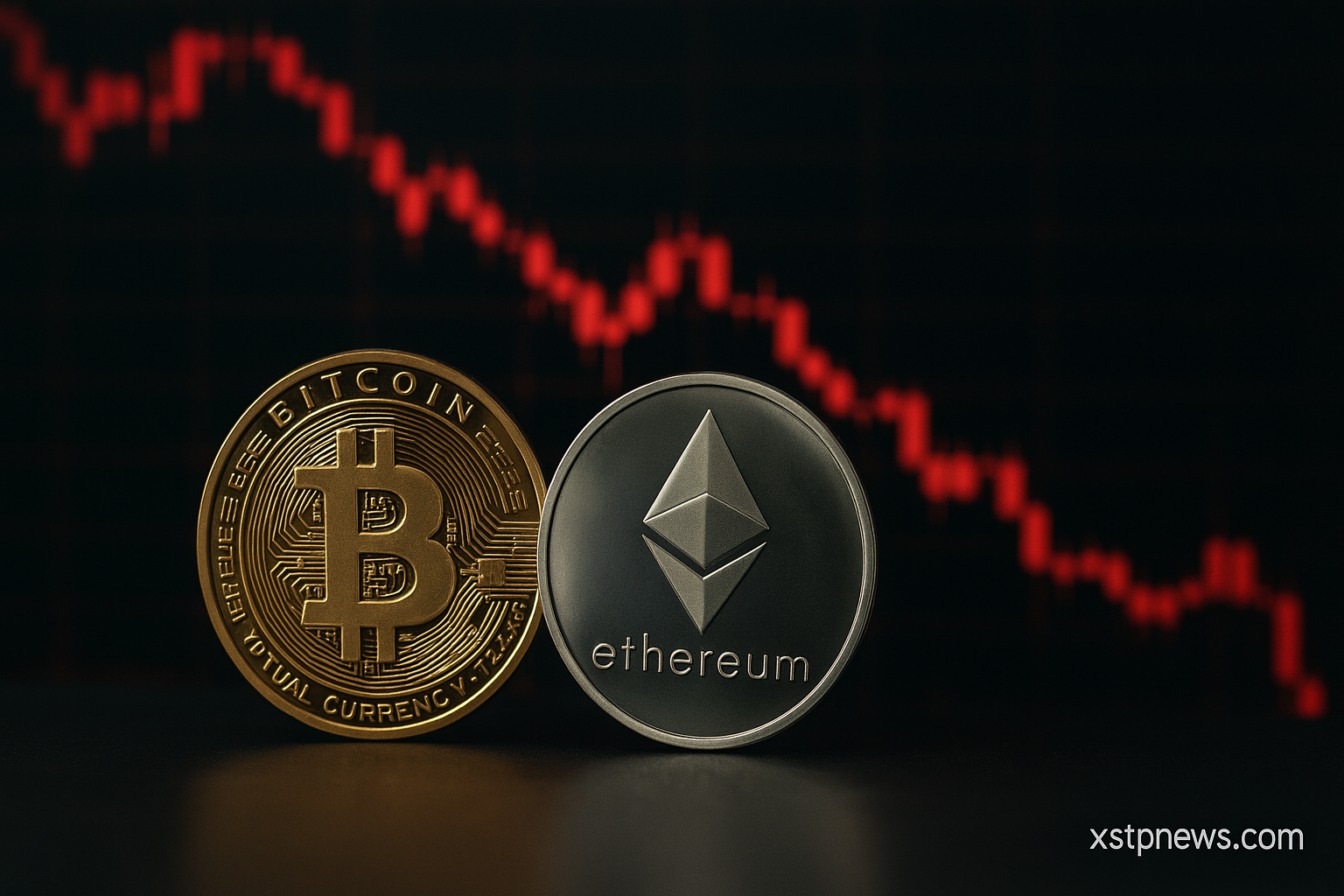May 23, 2025 • Written by xstpnews
President Donald Trump made a sudden announcement that a 50% tariff will be imposed on all European Union imports starting June 1. The news sent shockwaves through global financial markets. Although both the United States and Europe experienced volatility, a closer analysis shows that Europe suffered the greater impact.
Markets React, But Not Equally
European stock markets saw immediate and sharp declines. Germany’s DAX fell by 2.3 percent, France’s CAC 40 dropped 2.7 percent, and the STOXX Europe 600 index lost 1.8 percent in a single trading session. Key sectors such as automotive, luxury goods, and industrial exports were hit hardest, as these stand directly in the line of fire under Trump’s proposed tariff regime.
In contrast, the U.S. markets responded with losses, but with more measured intensity. The S&P 500 and Dow Jones each fell 0.9 percent, while the Nasdaq Composite slipped 1.2 percent. Apple, a company indirectly targeted by Trump’s tariff threat against overseas manufacturing, saw its shares drop by over 2 percent.

Currency Impact: Euro vs Dollar
The euro weakened noticeably against the U.S. dollar following the announcement. Currency traders began shifting toward the dollar and safe-haven assets like gold, pushing gold prices up by 1.6 percent. While the dollar faced its own pressure from broader fiscal concerns, the euro clearly took the brunt of investor uncertainty tied directly to Trump’s policy shift.
Europe’s Political and Economic Pressure
On the political front, the European Union responded swiftly by condemning the announcement, calling it both unilateral and hostile. EU leaders proposed emergency meetings to coordinate a unified response and began discussing the possibility of retaliatory tariffs on up to €95 billion worth of U.S. goods. Despite the firm political stance, the economic reality remains unchanged. Europe is still more vulnerable to shifts in U.S. trade policy than the United States is to changes in European policy.
Exports from Europe to the United States represent a significant share of the EU’s industrial output. For major exporters like Germany and France, the tariffs pose a direct threat to key sectors, employment, and growth projections.

The Harder Blow Falls on Europe
While U.S. companies are expected to face pressure, particularly in the tech sector and global manufacturing, the initial shock from Trump’s tariff announcement impacted European markets more severely. The region is already dealing with sharper market declines, a weakening euro, and heightened uncertainty in politically sensitive industries. In the short term, Europe stands to lose more.
As tensions rise and retaliatory measures loom, investors around the world are watching to see how this power play between allies will reshape trade, currency flows, and economic strategy in the months ahead.







